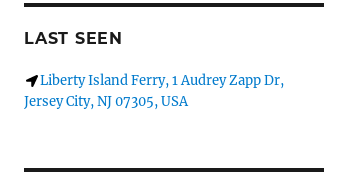The new version completely redesigns the interface inside the post editor to work in both classic and Gutenberg. It doesn’t integrate with Gutenberg in any way. It relies on Gutenberg’s compatibility functionality. Because of that, the box with the Gutenberg settings is now in the sidebar, rather than below, and expands to show the various options.
The interfaces with weather APIs like DarkSky and OpenWeatherMap were reorganized to improve the quality of the return data. And all data will be stored going forward in international units. While I am a Fahrenheit and Feet user, most of the world isn’t. So everything will be converted on the fly for display for those of us in the imperial system, making it much less fragile. Flip a setting and it changes.
Simple Location uses the WordPress REST API, and there are new endpoints for frontend use. The geocoding endpoint now has an option to return the weather as part of the lookup instead of requiring a second request. New abilities to lookup by airport code are also built in, mostly for the current conditions widgets. This will be fully functional in a future version.
For those of you worried about hitting or being charged for API usage on commercial sites, I added a simple weather provider courtesy of the U.S. National Weather Service. This will only work with locations inside the United States. It finds the nearest NWS Weather Station to you and uses the current conditions from that location.
There is a new Weather Station widget, split from the other Weather Widget, which allows you to display from a specific station.
There are a lot of good features here, but there will be more in future. So try it out.
